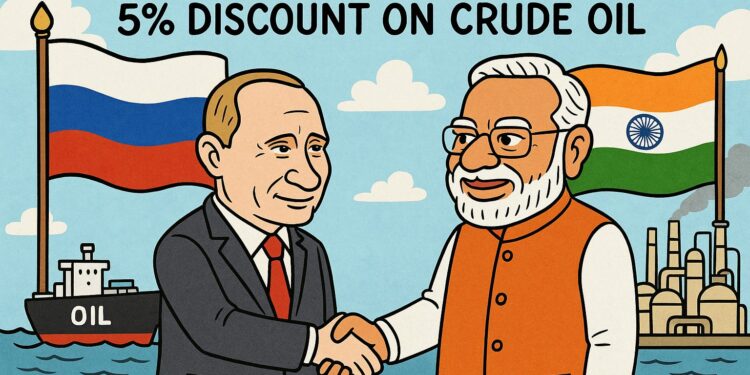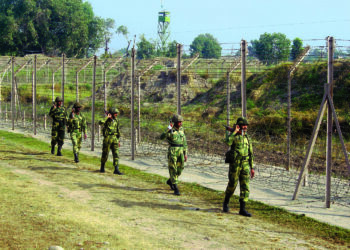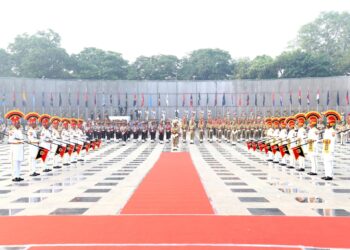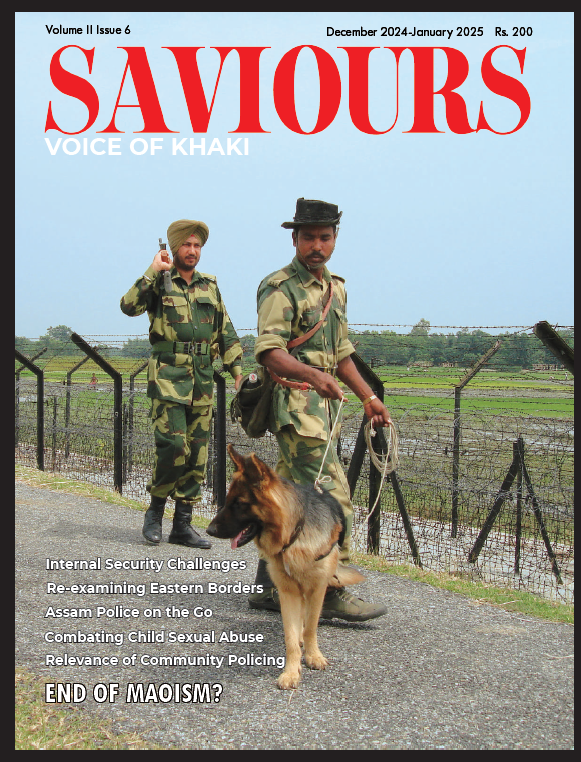Russia offers India 5% discount on crude oil
On 20 August 2025, in New Delhi, Moscow made a statement of solidarity that cut through the fog of geopolitics: Russia offered India a five per cent discount on its crude oil. The announcement by Deputy Trade Representative Evgeniy Griva was more than a commercial gesture — it was designed to help New Delhi absorb the shock of incoming U.S. tariffs.
Russian Chargé d’Affaires Roman Babushkin underscored the message, promising uninterrupted supplies through a “very special mechanism.” With quiet firmness, he said: “If Indian goods are facing difficulties entering the U.S. market, the Russian market is welcoming Indian exports.”
That mechanism — payments settled in rupees via Dubai — has become a strategic lifeline, conserving dollars and insulating trade from sanctions. And the timing was no coincidence: a day after Washington accused India of “profiteering” from Russian oil, Moscow responded not with rhetoric but with barrels, discounts, and the assurance of reliability.
A Tale of Two Capitals
The contrast with Washington could not have been sharper. The Trump administration’s decision to impose penal tariffs was accompanied by criticism that India was profiteering from Russian oil. U.S. Treasury Secretary Janet Bissent on Tuesday told CNBC that as much as US$16 billion in “windfall gains” had accrued to India, with a significant portion being cornered by India’s wealthiest families.
Thus, as Moscow extended relief, Washington pointed fingers. For New Delhi, the juxtaposition underscored a fundamental truth: what counts most in partnership is reliability, not rhetoric.
Oil as the Anchor of Engagement
Energy has become the backbone of India–Russia relations. From negligible volumes before 2022, Russian crude now accounts for nearly a third of India’s oil basket, with flows of 1.8–2.0 million barrels per day.
The benefits are tangible. Discounted Russian barrels have kept refineries profitable, cushioned domestic inflation, and stabilised India’s balance of payments. The new five per cent discount adds to this structural advantage, directly reducing India’s import bill.
Payment in rupees via Dubai hubs adds another dimension. By conserving dollar reserves and bypassing sanction-sensitive channels, India secures oil on its own terms. In an era of weaponised finance, this arrangement is both practical and strategic.
The Trade Ledger: Uneven but Strategic
In 2024, India imported US$67 billion worth of goods from Russia, nearly one-tenth of its overall imports. Exports to Russia stood at US$5 billion, barely one per cent of India’s total exports.
From Russia’s perspective, the asymmetry flips. Of US$434 billion in global exports, nearly one-sixth went to India. Imports from India were modest but covered essentials such as pharmaceuticals and chemicals. For Moscow, India is a priority buyer; for New Delhi, Russia is a reliable supplier.
What Each Side Buys and Sells
The pattern of trade reflects deep complementarities:
- Russia’s exports to India: crude oil, petroleum products, coal, fertilisers, diamonds, metals, timber, pulp, and defence hardware—the inputs of industrial and agricultural power.
- India’s exports to Russia: pharmaceuticals, chemicals, engineering goods, machinery, rice, tea, seafood, steel products, tyres, and consumer goods—the outputs of India’s competitive industries.
It is an uneven but natural fit: Russia provides fuel and raw materials; India provides finished goods and medicines.
Diplomacy by Restraint
Faced with Washington’s tariff escalation, New Delhi has avoided the temptation of public confrontation. No angry press releases, no Twitter duels. Instead, India has engaged the U.S. quietly, while consolidating energy ties with Russia and maintaining dialogue with China.
This is not about siding with one camp. It is careful calibration—protecting sovereign interest by diversifying markets and preserving room for manoeuvre. It is diplomacy defined by maturity, not noise.
Washington’s Equivocation
What weakens Washington’s case is its equivocation. China imports far more Russian crude than India, yet faces no such penalties. The European Union, despite sanctions rhetoric, continues to buy significant volumes of Russian liquefied natural gas. Neither has been subjected to punitive measures.
India alone has been targeted. For a rules-based order to inspire respect, its rules must be applied evenly. If Europe’s LNG imports are acceptable and China’s oil flows overlooked, then India’s pursuit of affordable energy should not be cast as profiteering.
Children of Washington’s Choices
The contradictions extend beyond tariffs. Washington has been warming to Pakistan, signing a trade deal and hosting the Pakistani Army Chief twice. It has sanctioned three Indian firms for importing Iranian oil, indirectly cast a shadow over the Adani group, and—most galling for New Delhi—repeatedly claimed credit for brokering a ceasefire in Operation Sindoor. President Trump himself has made the claim dozens of times, despite Prime Minister Modi categorically denying it on the floor of Parliament.
For India, such episodes reinforced the need for strategic composure. Rather than rebut each slight, the Government has steered the ship of state calmly, strengthening energy ties with Russia and balancing relations with China.
Lessons and the Road Ahead
Risks remain. Sanctions could intensify, shipping insurance could tighten, and rupee-settlement channels could face pressure. Meanwhile, Indian exporters must adapt to the U.S. tariff wall by seeking new markets.
The future lies in diversification. India must broaden exports to Russia beyond pharma and agri-products, while encouraging Russian investment in renewables, technology, and food processing. At the same time, ASEAN, Africa, and Europe must be cultivated as parallel growth avenues. Resilience requires many partners, not a choice of one over another.
Crescendo: Leadership and Diplomacy
The larger story is of Indian leadership. Despite tariffs, sanctions, and accusations, Prime Minister Modi has steered India’s foreign policy with composure, refusing to be rattled or reactive. His government has leaned into relationships that deliver concrete gains, particularly with Russia, while keeping channels with the U.S. and China open.
Behind him, the Indian diplomatic corps and the External Affairs Minister have shown professional mastery—adapting quickly to shifting circumstances, maintaining dignity in the face of provocation, and securing tangible outcomes without theatrics.
It is a model of diplomacy rooted not in slogans but in results.
In Summary: A Friend in Need
The final image tells its own story. Even after Prime Minister Modi, following the Trump–Putin Alaska summit on 15 August, wished the best for the Ukraine peace process and reaffirmed India’s consistent call for a just and durable

peace, the Indian foreign service did not sit idle. Under his decisive and dynamic political leadership, diplomats worked overtime to translate intent into outcome. The five per cent oil discount—though symbolically announced in New Delhi to amplify the message for domestic audiences—was the direct result of External Affairs Minister S. Jaishankar’s ongoing whirlwind trip to Moscow, where the crucial breakthrough was achieved.
In Washington, by contrast, Treasury Secretary Janet Bissett told CNBC that India had pocketed billions in “windfall gains” from Russian oil. In New Delhi, Russia’s diplomats, on the very next day, confirmed a further five per cent discount on crude and pledged reliable supplies.
One partner raised duties; another lowered prices. One pointed fingers; another opened doors. When Washington equivocates and Moscow delivers, India knows which partner, for now, is truly a friend in need — and it knows that under Prime Minister Modi’s leadership, backed by the professionalism of India’s foreign service, the ship of state has been steered with maturity and confidence through turbulent waters.
(The above article first appeared on the author’s blog KBS Chronicles.)








